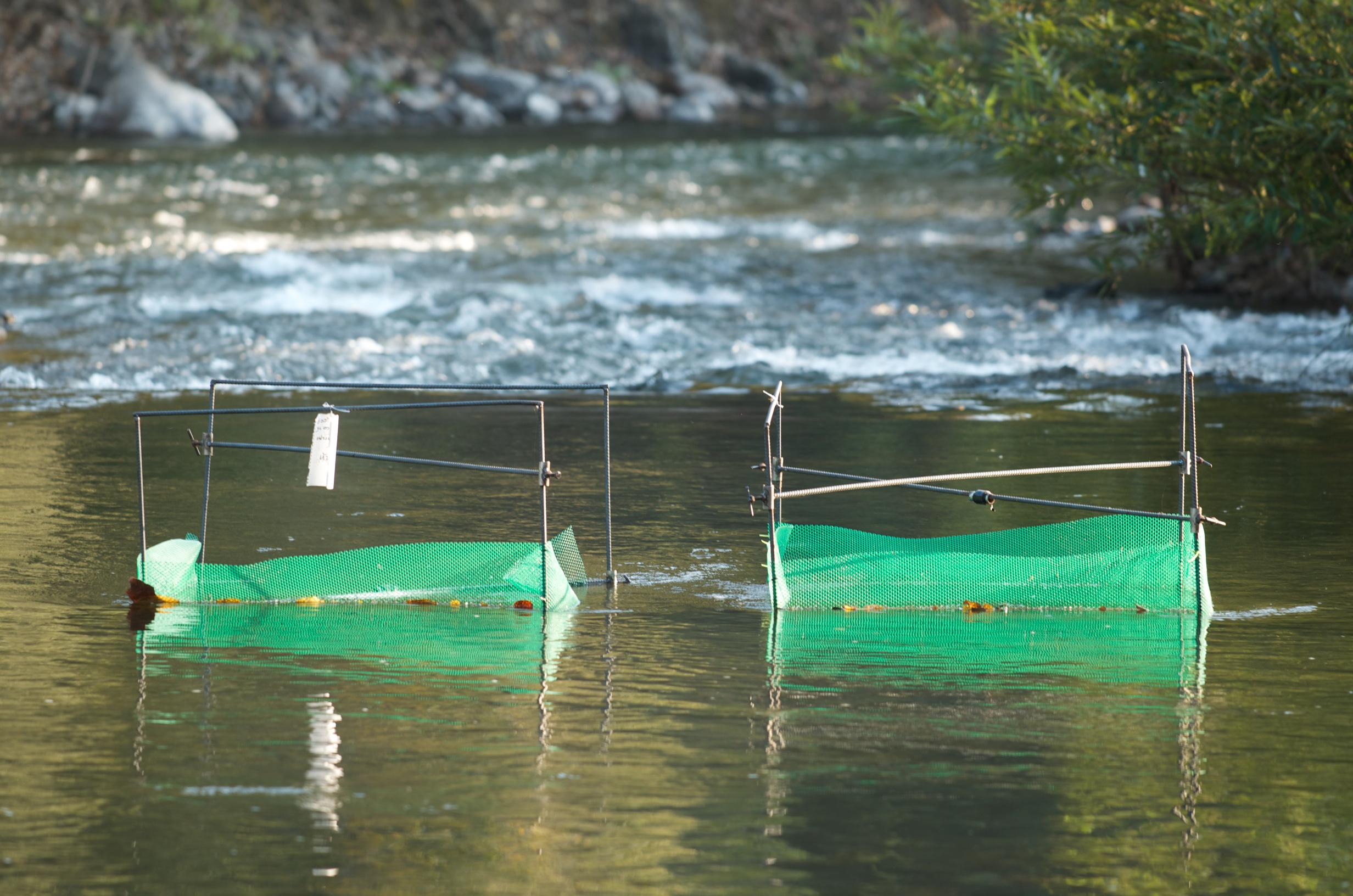“World-wide practice of Conservation and the fair and continued access by all nations to the resources they need are the two indispensable foundations of continuous plenty and of permanent peace.”
Motivated by a conservation ethic, my research focuses on understanding how tropical freshwater ecosystems function, the roles that fish play in these systems, and how we can balance the dual goals of protecting freshwater biodiversity and sustaining inland fisheries.
Aquatic ecosystem impacts of land sharing versus sparing: Nutrient Loading to Southeast Asian Rivers
From the time of Charles Elton (1927) and Raymond Lindeman (1942), scientists have recognized that quantifying the pathways by which energy flows from primary producers (plants) to higher trophic levels (animals) is central to ecological understanding of nature. Energy storage, or growth, by plants in streams and rivers is often limited by nutrients, typically either nitrogen (N) or phosphorus (P). In recent decades, Southeast Asian farmers have increased total farmland area and have begun growing crops with high demand for N and P, like corn, that require application of synthetic fertilizers. I set out to see what the effect of changing agricultural practices might be having on algal production in Thai rivers.
Direct and indirect top-down effects of fish on algal production in a tropical river
Fish, of course, are not passive actors in tropical ecosystems, but the degree to which consumption of algae and aquatic insects by fish can affect community structure and ecosystem processes continues to be an active area of science. The work of Bob Paine in Mukkaw Bay, Washington first showed that predators can affect competition among lower trophic groups. Later work by Steve Carpenter and colleagues showed that these effects can cascade down from higher trophic levels all the way to primary producers. I am interested in whether these same types of consumer-induced ecosystem changes occur in tropical freshwater systems, where the strength of the interactions between species is thought to be reduced.
The potential for Small, Community-based Conservation reserves to protect RIverine Biodiversity and support local food security
Global freshwater biodiversity is imperiled by a host of factors including pollution, flow modification (hydropower and irrigation infrastructure), habitat loss, and invasive species. For many systems, however, overfishing poses an even more immediate threat. Inland fisheries provide critical nutrition for tens of millions worldwide, particularly for people in low-income nations (Fluet-Chouinard et al., 2018). In the marine realm, conservation reserves have been widely implemented to offset the effects of overfishing as part of broader ecosystem-based management plans. To date, this idea has received little attention in the freshwater realm. Despite this, communities throughout South and Southeast Asia have long protected small stretches of rivers from fishing for religious reasons. More recently, this concept has been adopted as a conservation strategy and resulted in networks of small, community-based reserves throughout the region. By studying a network of such reserves in northern Thailand, we have been able to document the great potential for these localized actions to sustain high levels of biodiversity and biomass of fish despite intense fishing pressure outside of reserves.



